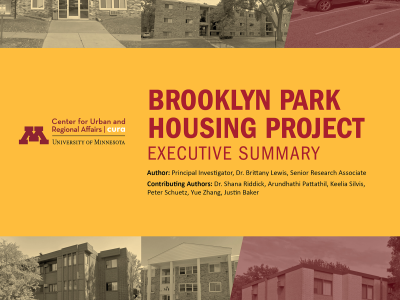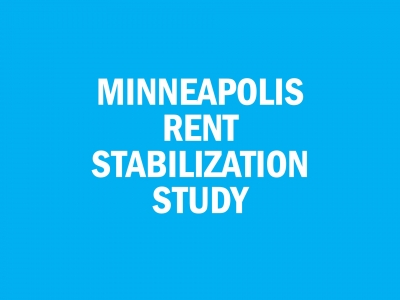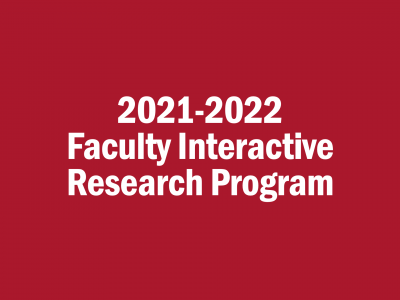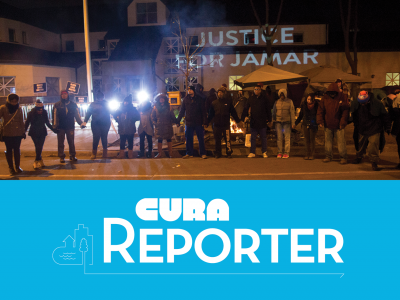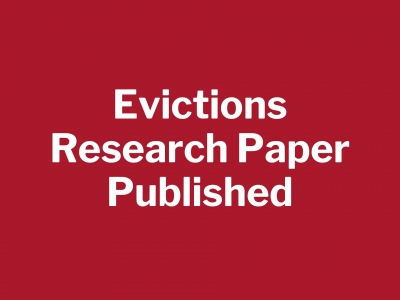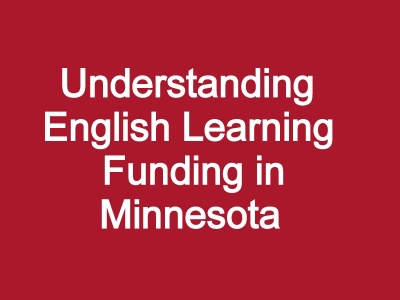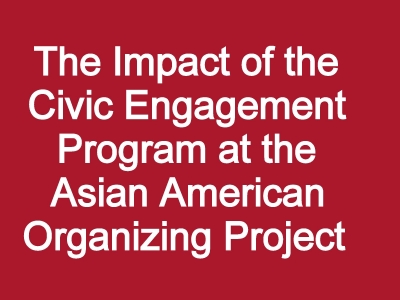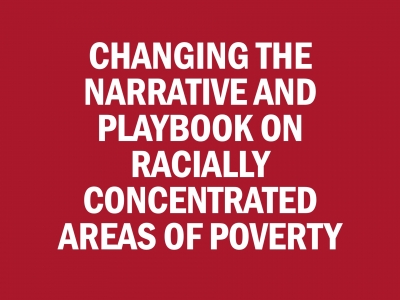Contributing Authors: Dr. Shana Riddick, Arundhathi Pattathil, Keelia Silvis, Peter Schuetz, Yue Zhang, Justin Baker
Project Funders: Brooklyn Park Economic Development Authority, City of Brooklyn Park; Hennepin County; and State of Minnesota, Minnesota Housing Finance Agency.
In July of 2016, the Minneapolis Innovation Team, in partnership with HOME Line, published a report on Evictions in Minneapolis, which was inspired by Matthew Desmond’s book Evicted. The Innovation Team’s report found that 50% of tenants in the 55411 & 55412 zip codes were evicted…
